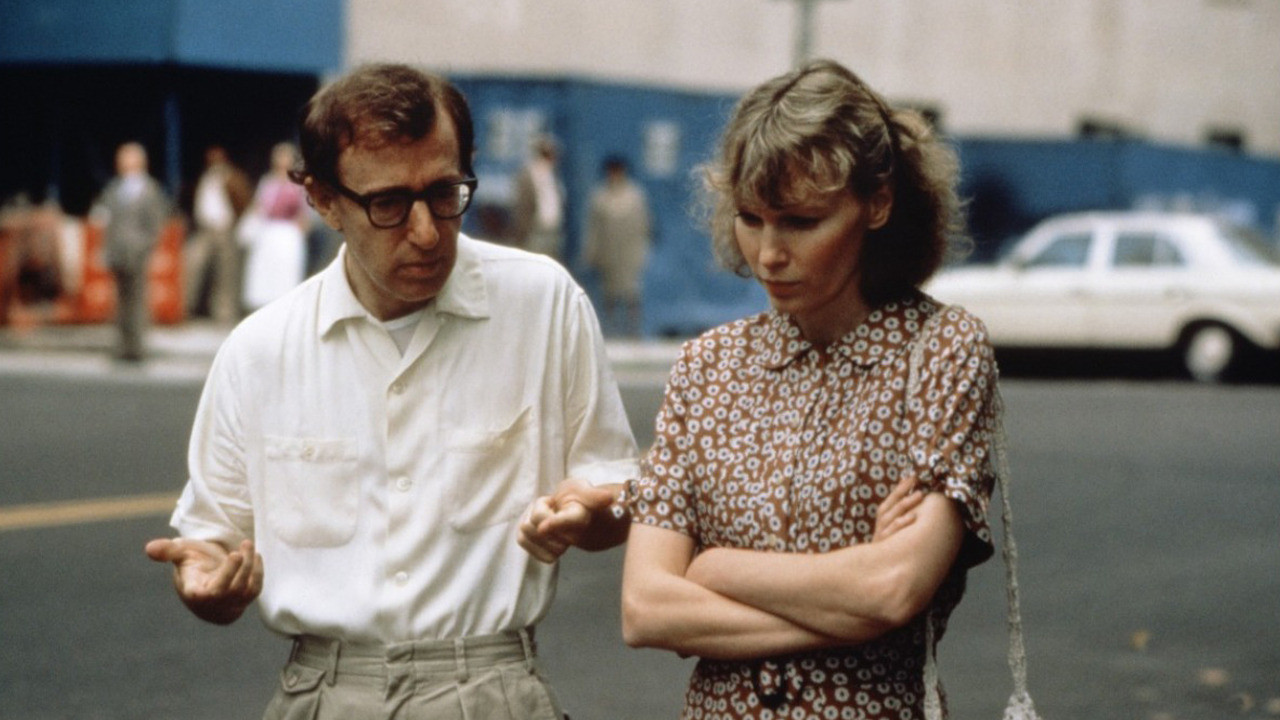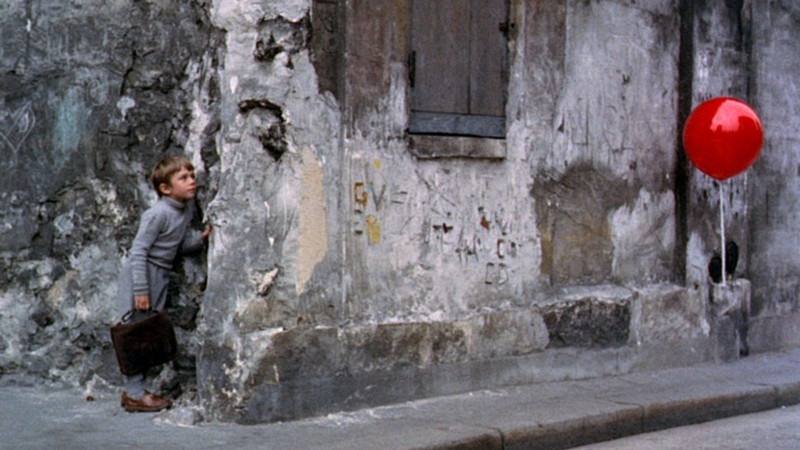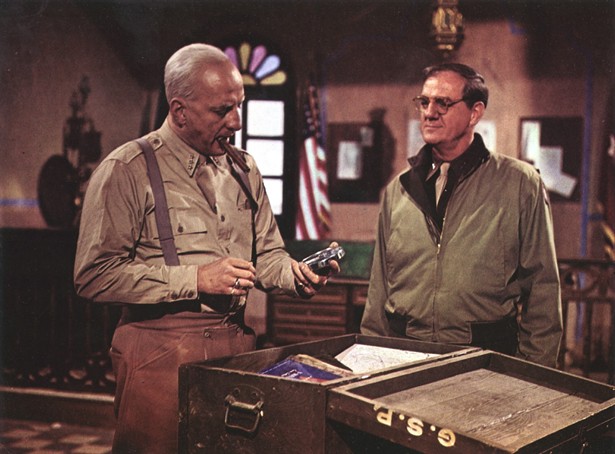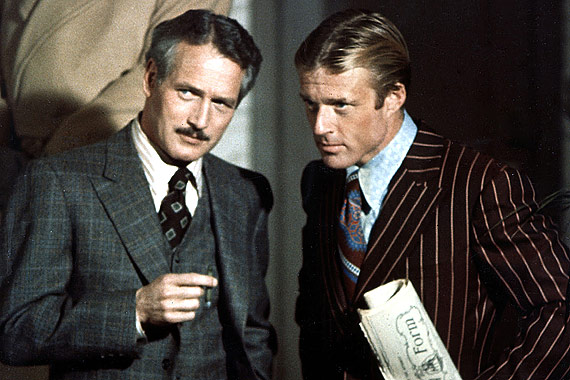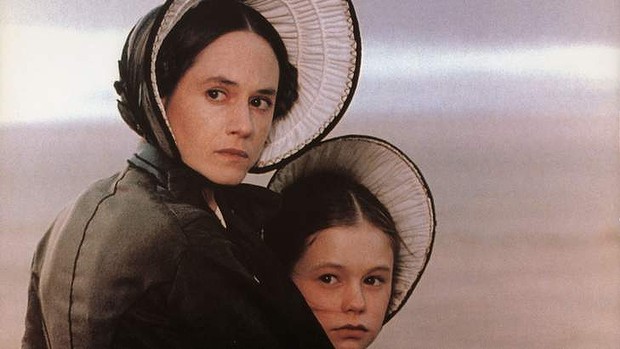
No matter which writer ends up taking the gold, the Oscars have proven in the past that they’ve got a firm sense of what makes a great screenplay. Whereas the Best Picture award tends to favor more traditional fare, such as historical films and biopics, the Best Original Screenplay winners have included a wonderfully eclectic list of films ranging from romantic comedies to neo-noir thrillers.
Here’s a look at the twenty-five best Oscar winners in the Best Original Screenplay category:
25. Lost in Translation
More than three decades after her father won in this very category, Sofia Coppola wrote what would become her first Oscar-winning screenplay. “Lost in Translation” has a relatively simple plot in which two Americans meet while traveling in Japan and suddenly form an unlikely friendship.
Coppola’s use of setting in “Lost in Translation” is her most noteworthy feat, an ingeniously effective tool whereby the city of Tokyo is presented as its own character and, in a somewhat surreal way, the story’s antagonist. The foreign land creates an unbearable sense of loss and confusion in the script’s two jaded protagonists, and yet it is only through this particular environment that each one can find exactly what they’re looking for. Couple that with Coppola’s limited use of dialogue to emphasize her characters’ inability to communicate and express themselves, and “Lost in Translation” becomes a profoundly existential look at the frustrations of the modern age.
24. Hannah and Her Sisters
Woody Allen is this category’s most nominated writer and the one with the most wins – and for good reason. His second of three Best Original Screenplay Oscars came from this comedic masterpiece, which follows the trials and tribulations of a neurotic New York City family, at the center of which is the frustratingly perfect Hannah.
What sets “Hannah and Her Sisters” apart from Allen’s other comedies is the strength of its characters as an ensemble. Bouncing seamlessly from one sister’s story to the next, Allen is able to bring together such a distinct range of neuroses without ever cramming too much into the plot or diminishing sympathy from any of his characters. There is no one protagonist in “Hannah and Her Sisters,” and the result is a crazy family that induces more laughs and warmth than any of them can do on their own.
23. The Red Balloon
Admittedly, 1956 was a pretty weak year for the Best Original Screenplay category, so much so that the Academy included a short film among the five nominees. However, such an unusual decision turned out to be a blessing in disguise, as it ultimately led to “The Red Balloon” earning the award and proving that sometimes less truly is more.
Not only does Albert Lamorisse’s film have a running time of merely thirty-four minutes, but the script is almost completely devoid of any dialogue. It’s a particularly fitting way of writing the story, considering the fact that one of its two main characters is a balloon, but dialogue isn’t necessary when a film is filled with such a strong sense of magic, one where each action taken by Pascal and the balloon infuses the story with the wonder and imagination which makes it clear that anything can happen.
22. Thelma and Louise
As far as action movies go, Ridley Scott’s “Thelma and Louise” ranks higher than most. Written by Callie Khouri, the film follows the lives of the titular female duo as they take a road trip that leads them to kill an attempted rapist, turning their ordinary road trip into an extraordinary run from the law.
Khouri’s script succeeds primarily because it is so well-structured. Thelma and Louise’s lives are initially depicted as being so humdrum and quietly tragic that everything that follows seems inevitable, yet still surprising. They both have such little control over their own lives that watching their transition from helpless damsels to strong, independent women is an absolute treat. With every roadblock Khouri places in their way, the duo only becomes stronger and more determined to reach their destination, a journey that is as exciting and liberating for them as it is for all who are watching and rooting for them.
21. Patton
“Patton” is certainly not a run-of-the-mill biopic. In addition to George C. Scott’s unforgettable (and Oscar-winning) lead performance, the film also benefits greatly from Francis Ford Coppola’s captivating script, in which the depiction of controversial General George S. Patton’s life during the Second World War manages to thrive where too many other biopics have faltered.
The reason for its success is that, while the script details the life of Patton’s tactics and strategies during the war, Coppola never writes the events in question with any particular bias towards his subject. He neither judges Patton, nor praises him; he presents him as neither a monster, nor a saint. Instead, he provides an unromanticized account of his life that shows him as he truly was without ever weakening the cinematic glory that makes the general such a riveting man to watch and listen to on-screen.
The opening sequence itself is one that is utterly riveting, capturing the essence of the strangely charismatic General Patton and instantly thrusting the audience into his action-packed life.
20. The Producers
Mel Brooks’ comedic brilliance has rarely gotten him his due at the Oscars, but they wisely awarded him an Oscar for what is arguably his greatest film. Though not one of the spoofs for which he would soon become known, “The Producers,” a musical comedy about an attempt to produce the worst play ever (aptly entitled ‘Springtime for Hitler’), is nevertheless a quintessential Mel Brooks movie.
Rather than relying on other films for comedic inspiration as he would later do with “Blazing Saddles” and “Young Frankenstein,” “The Producers” presents a bold concept that features Brooks’ regular brand of silliness and zaniness, while also taking the story in a creative new direction that even the most avid Mel Brooks fan could never expect. While everything in the plot is cloaked in exaggerated humor, part of the genius in this story of a producer trying to cheat his way to a profit is in how realistic the concept actually is.
19. The Sting
The second of only two films to team up Paul Newman and Robert Redford, “The Sting” takes the art of conning to a whole new level. Taking place in Illinois during the Great Depression, George Roy Hill’s Oscar-winning comedy follows its two protagonists as they try to avenge the death of their friend by conning the mob boss responsible.
Whereas most con artist movies rely primarily on elaborate plots and a series of unexpected twists and turns, “The Sting” goes even further by enriching its script with a vivid setting that evokes a timeless era. The rich atmospheric details of the story enable the film to develop an utterly charming tone, but the strength of the script doesn’t merely stop there. Newman and Redford’s character interactions make great use of their on-screen chemistry and assure us that, while their sly endeavour may or may not work out, our protagonists will surely survive whatever situation comes their way.
18. The Piano
Female-driven films don’t typically fare very well at the Academy Awards, especially when they’re written and directed by women. However, Jane Campion’s beautifully constructed “The Piano,” about a mute piano player desperately trying to procure her instrument back from her forceful husband’s best friend, was fortunately one of the exceptions.
Writing her protagonist, as a mute, could have easily turned into nothing more than a cheap storytelling gimmick, but Campion is much cleverer in her writing, instead using this device to shed light on all the other elements of the plot: Ada’s arranged marriage, her sexual curiosity, and her longing and determination for something to call her own. By making Ada mute, Campion makes it much more difficult for her to communicate to the audience, which in turn makes it much easier for the audience to understand her. It is a deceptively simple characterization that provides the story with one beautiful layer after another.

